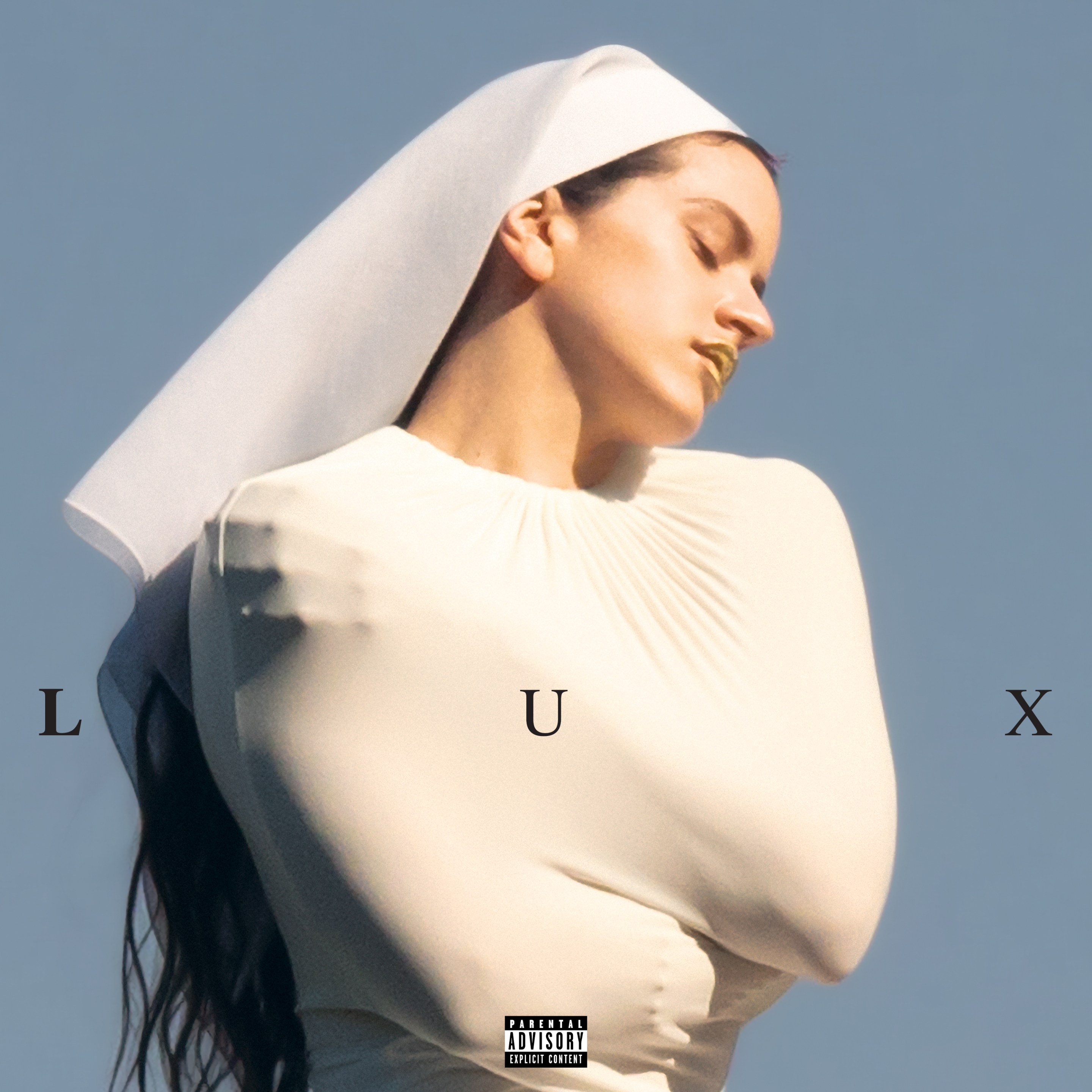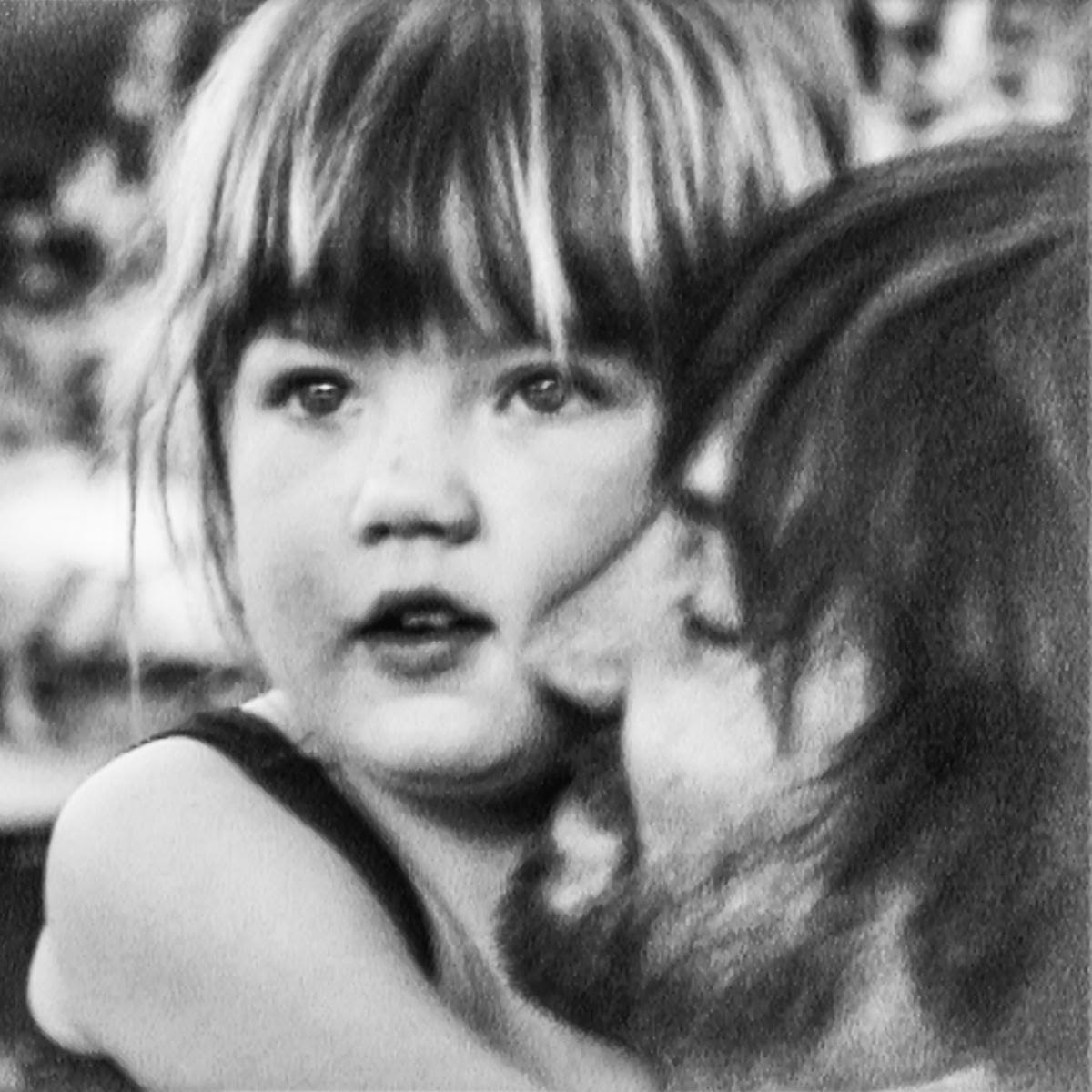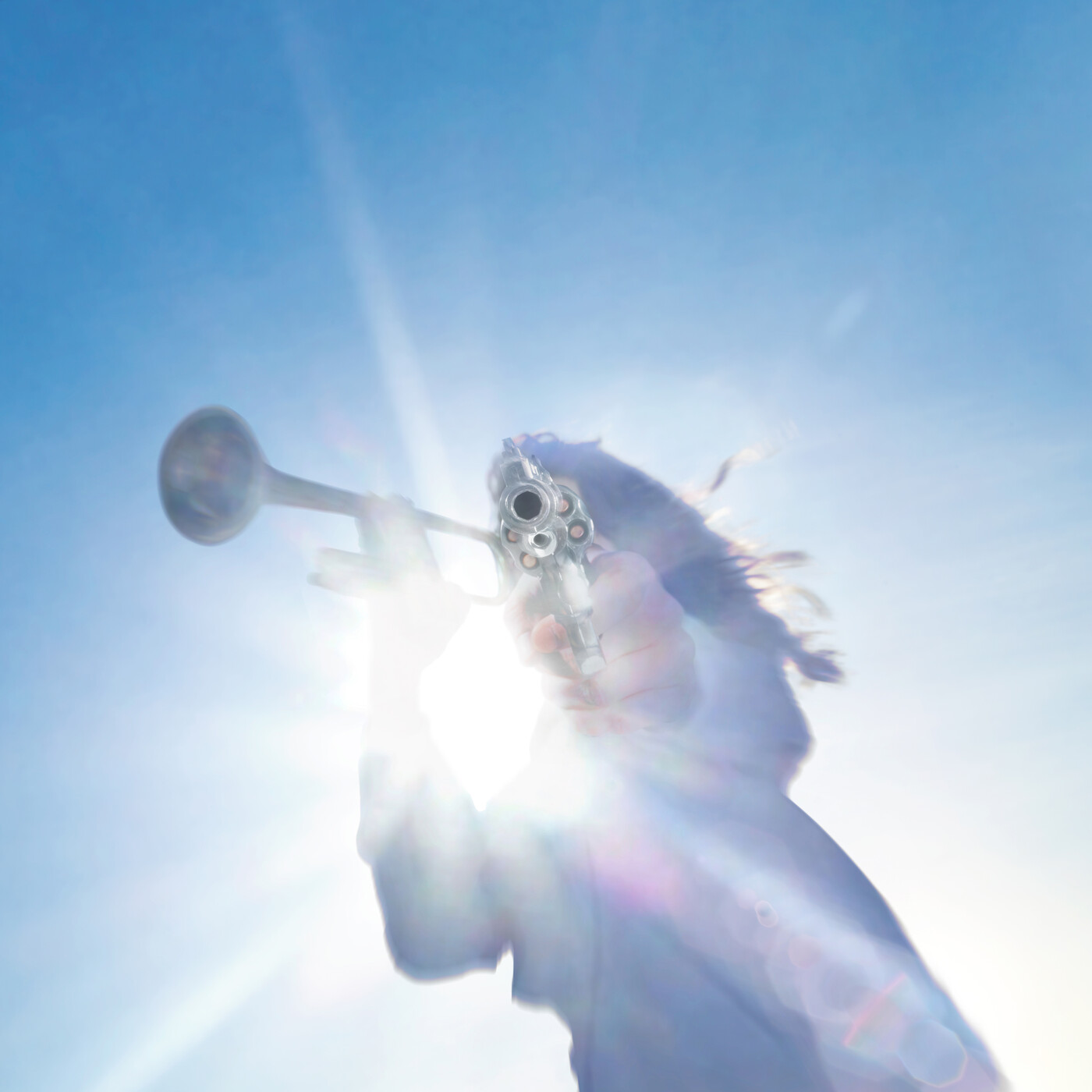People don’t talk about George Duke enough. The man was a goddamn genius. After leading his own group for a few years, he began playing keyboards behind violinist Jean-Luc Ponty in 1969. This brought him into Frank Zappa’s orbit, at the same time that he joined saxophonist Julian "Cannonball" Adderley's band. Duke bounced between Zappa's and Adderley's bands until about 1974, at which point his solo career started to really take off. Over time, he shifted from jazz to fusion to R&B and funk, and had some actual hits. He also worked extensively as a producer for acts like Gladys Knight, Anita Baker, Smokey Robinson, the Pointer Sisters, Deniece Williams, and many more. He died of leukemia in 2013.
Why am I talking about George Duke in a review of the new album by Stephen Bruner, AKA Thundercat? For one thing, there’s a direct connection -- his older brother, Ronald Bruner Jr., played with both Duke and bassist Stanley Clarke, and Thundercat covered Duke's "For Love (I Come Your Friend)" on his debut album, 2011's The Golden Age Of Apocalypse. More than that, though, it’s impossible to really understand Thundercat without understanding Duke, Clarke, Billy Cobham, and the heroes of deep '70s funk -- George Clinton, Bootsy Collins, and bands like the Ohio Players and Slave. Thundercat is operating in the tradition of these forebears, while putting a distinctly modern spin on funk and fusion. And his latest album, It Is What It Is, is his most overtly personal release to date.
There are three Bruner brothers: Ronald Jr., Stephen, and Jameel, all musicians like their father, a drummer who played with Donna Summer and the Temptations, among others. Long before he took the name Thundercat, Stephen Bruner was a high school jazz nerd who played in a band with keyboardist Cameron Graves, saxophonist Kamasi Washington, and his older brother. Later, both Stephen and Ronald Jr. were members of the thrash metal band Suicidal Tendencies; a few years after that, Thundercat got his stage name while touring with Snoop Dogg. Washington and alto saxophonist Terrace Martin were also in that band. A lot of his close collaborators -- Washington, Graves, Flying Lotus -- are part of the scene/movement that’s been pushing LA jazz forward over the last decade. So Stephen Bruner is an extremely versatile talent, but his music as Thundercat has always been rooted in funk, and late '70s/early '80s funk in particular.
[videoembed size="full_width" alignment="center"]https://youtube.com/watch?v=ormQQG2UhtQ[/videoembed]
The central paradox of funk is the way its greatest practitioners balance musical virtuosity (or, in Clinton’s case, the ability to recruit and surround oneself with musical virtuosos) and a sharp perception of the world around them with an almost joyous wallowing in lyrical and conceptual silliness. Think of the P-Funk and Bootsy Collins songs that are basically nursery rhymes laid over rubber-band grooves; now think of the barbed social critique embedded in some of those same songs. Duke was clearly having a blast playing Zappa's goofy, ribald songs, and his own albums included pieces with titles like "Uncle Remus," "Psychosomatic Dung," and "Rokkinrowl, I Don’t Know."
Thundercat, too, embraces the silly side of funk, starting with his stage name and his personal fixation on other pop culture phenomena including Dragonball Z and Pokémon. He’s dedicated songs to his cat Tron. He loves surreal comedy like the work of Reggie Watts, and the movie Pootie Tang. At the same time, he's a ferociously talented musician, and his highly diaristic lyrics explore the sorrows and conflicts of modern life -- his own, and the lives of young black men in America -- in cutting detail.
There's a lot of darkness on It Is What It Is. The first track, "Lost In Space/Great Scott/22-26," begins with the words "Hi, hello/ Is anybody there?/ Let me know if you can hear me/ It feels so cold/ And so alone," sung in his breathy, near-falsetto croon. And even though the album is stuffed with guests including his brother Ronald, Steve Lacy of the Internet, Childish Gambino, Lil B, Ty Dolla $ign, comedian Zack Fox, Kamasi Washington, and guitarist Pedro Martins, it's so thoroughly the product of one man’s imagination that the guest appearances might as well be voices echoing inside his head.
[videoembed size="full_width" alignment="center"]https://youtube.com/watch?v=IoFOXgIme9M[/videoembed]
It Is What It Is goes by fast, packing 15 tracks into less than 38 minutes. Six of these are interludes or instrumentals that last less than two minutes each, but even the full-on songs feel somehow compressed and sketched-out at once, more like demos than finished products. Thundercat's songwriting is weird like that. His lyrics don't always rhyme, and he often ignores traditional verse-chorus structures. He starts almost out of nowhere, says what he has to say, and lets a track end, moving instantly to the next one. Between that and all the guests, it can feel more like a mixtape than an album.
The music is classic old-school funk, heavily keyboard-based with Thundercat's bass burbling underneath. He permits himself a few virtuosic flourishes here and there, like on the 75-second "How Sway" and at the beginning of "Unrequited Love," but for the most part he’s serving the song. This is an approach that’s always carried through his solo work, and it really came to the fore on his last album, 2017’s Drunk. That was the first album on which his reputation allowed him to rope in guest stars from outside his inner circle, including Pharrell Williams, Wiz Khalifa, and, on "Show You The Way," Kenny Loggins and Michael McDonald. It would be easy to assume that he was fucking with people by recording with them, as some kind of weird ironic gesture, but it was a move born out of pure artistic admiration. You can draw a straight line from Loggins' 1982 song "Heart To Heart," co-written with McDonald, and "Show You The Way." Thundercat is a serious musician, and he recognizes craft.
The first single from It Is What It Is, "Black Qualls," is another case of Thundercat extending a hand to a legend. It’s a heavy funk jam featuring Lacy, Childish Gambino, and Steve Arrington of Slave, with drum programming by Charles Dickerson, AKA Mono/Poly. I had never listened to Slave before hearing “Black Qualls,” and I was really missing out. They were one of the hardest funk bands of the '70s, a bridge between the bubbling grooves and lush ballads of the Ohio Players and the screaming danceable rock of Funkadelic. Like the Isley Brothers, they never really crossed over to white audiences, but the five albums they made between 1977 and 1980, especially their self-titled debut, will knock you on your ass. And when you hear the particular keyboard sounds they used, and drummer/vocalist Arrington's soft falsetto, the connection to Thundercat’s music is inescapable.
[videoembed size="full_width" alignment="center"]https://youtube.com/watch?v=_p7dXbDAXuQ[/videoembed]
"Black Qualls" is an introspective, almost mournful song. Thundercat, Lacy, Gambino, and Arrington trade lines as though having a conversation about how getting a little money has changed their lives, and not necessarily for the better. "I wanna post this on the Gram/ But don’t think I should," Lacy sings, and Thundercat responds with "Is it just me/ Or am I paranoid/ But I gotta keep it on the low/ 'Cause I’ve been robbed before." That somewhat depressing sentiment is balanced, though, by a defiant chorus; "No more livin' in fear," Thundercat sings as a rock-hard disco-funk groove marches inexorably forward.
That mix of sorrow and defiance appears again and again on It Is What It Is. On "Miguel’s Happy Dance," Thundercat sings, "Do the fuckin' happy dance/ Even when you're really fuckin' mad." There's a song literally called "Existential Dread" with the lyrics, "Sometimes existential dread/ Comes ringing through loud and clear/ I'll adjust/ And simply let go/ I guess it is what it is/ I'm not sure of what's coming next/ But I'll be all right/ As long as I keep breathing/ I know I'll be all right." But the music itself always offers a degree of release, even when the words can’t. The title track, which ends the album, features jazz guitarist Pedro Martins. He and Thundercat jam together in a way that almost brings to mind the mellow, melodic fusion of softer tracks by the Mahavishnu Orchestra or Stanley Clarke.
The album's title seems to have multiple meanings. On the one hand, it’s a way of stoically acknowledging tragedy, like the death of Mac Miller, which inspired several things here, including the song "Fair Chance" and the phrase "Hey Mac," which Thundercat says right before the jamming starts on the title track. But it could also be his way of declaring that he wants this music to be taken for what it is, and not put into any kind of box by the listener.
The thing about funk is, it goes everywhere and it gets all over everything. By bridging past, present and future. Thundercat is putting Steve Arrington and Childish Gambino and Steve Lacy on the same track, and Lil B and Ty Dolla $ign on another, while playing ultra-chopsy, Jaco Pastorius-meets-Squarepusher electric bass under a sea of keyboards, strings, and syrupy Kamasi Washington sax solos. But at the same time, what he's really doing is showing that he’s his own man, whether he’s jamming with jazz players, thrashing in a metal band, or rehabilitating slippery cartoon funk in the 21st century.
It Is What It Is is out 4/3 on Brainfeeder. Pre-order it here.






